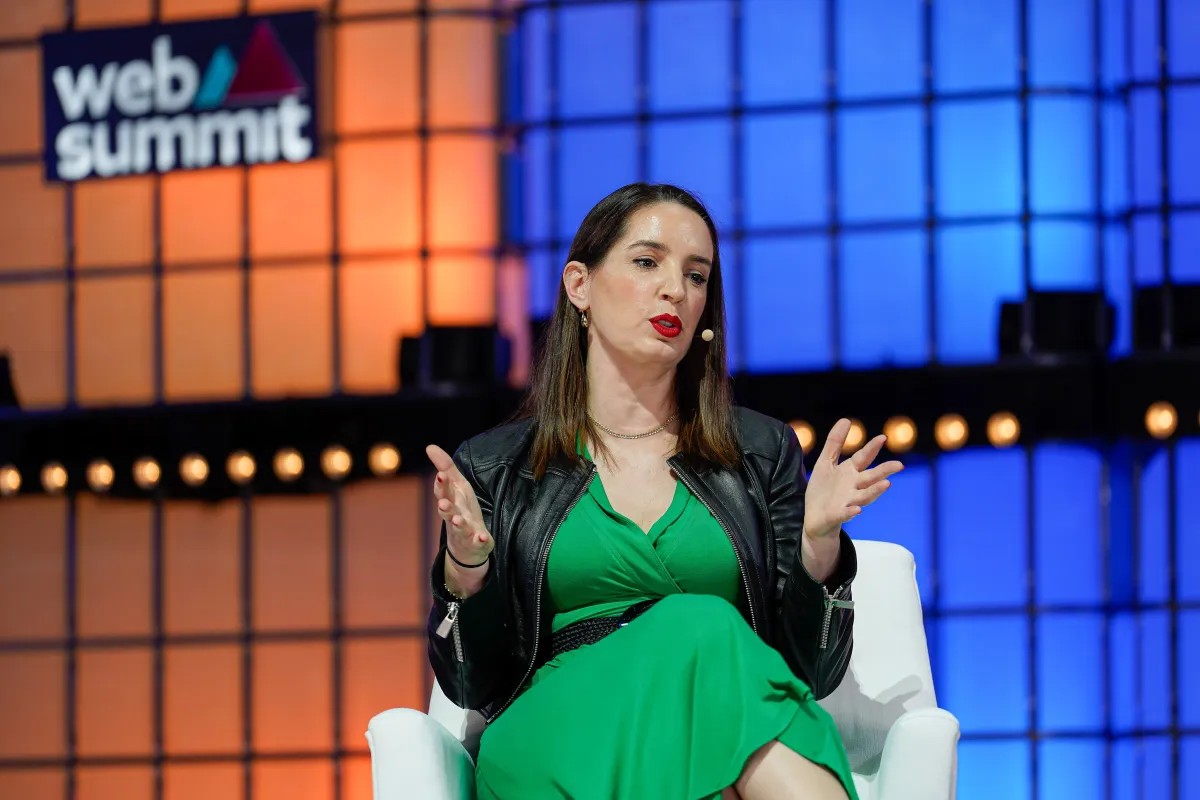The Costly Conundrum of Managing AI Costs in the Cloud: A FinOps Approach
According to a report from the FinOps Foundation, while AI is capable of delivering intelligent automation, there is a lack of trust in complete automation.
AI may alleviate or exacerbate cloud cost surprises.

Cloud services have revolutionized the way businesses operate, but they have also introduced a new challenge for CFOs: unpredictable costs. Fluctuating user requests and bursty workloads can cause monthly charges to escalate from $25,000 to a staggering $200,000 in a matter of days. This volatility is enough to give any chief financial officer a headache.
According to a recent survey by Flexera, a leading technology management provider, a whopping 69% of companies spend more than $1 million a year on cloud computing. In fact, 24% of respondents are currently shelling out over $12 million annually on public cloud services. Even small to medium businesses are not immune to these costs, with 26% spending more than $1 million each year.
🧮 It’s clear that cloud costs are a major concern for financial executives. But just when they thought they had a handle on it, another factor comes into play: Artificial Intelligence (AI). AI heavily relies on cloud services for processing power and storage capacity, making it an integral part of many organizations’ strategies. However, the costs associated with AI are often overlooked.
According to research conducted by the FinOps Foundation, a group affiliated with the Linux Foundation, only a few companies track AI costs accurately. Out of the 1,245 cloud-consuming companies surveyed, 31% reported that AI and machine learning (ML) costs are impacting their cloud cost measurement and mitigation efforts. This means that CFOs are dealing with an additional layer of unpredictability, one that they are ill-prepared to manage.
Introducing FinOps – A Solution to Cost Volatility
🤝 Enter FinOps, a promising approach to aligning cloud spending with business goals through data-driven decision-making. FinOps aims to bring order to the chaos of cloud costs, including the rapidly escalating expenses associated with AI.
But here’s the conundrum: Will AI/ML become one of the biggest costs to manage across all levels of cloud spend? Mike Fuller, CTO of the FinOps Foundation, provides insight into this question. He poses two scenarios: one where AI/ML becomes a financial burden, and another where the technology is leveraged to optimize and automate cloud costs intelligently. The former is already a reality for many, while the latter is a hopeful aspiration.
The story of AI costs is unfolding in two directions:
AI for FinOps: Using AI/ML for the Practice of FinOps Itself
FinOps practitioners are exploring how AI and ML can help them improve their own practices by leveraging intelligent automation. These tools can streamline cloud cost tracking and management, leading to more efficient use of resources. However, there is still some apprehension about full automation, particularly among larger organizations operating in regulated industries. Integrating automation into existing systems and workflows presents its own set of challenges, especially in distributed DevOps environments that rely on a variety of cloud deployment tools.
FinOps for AI: Managing AI/ML Service Costs in Your FinOps Practice
The other side of the coin involves using FinOps principles to manage the costs associated with AI and ML services. For organizations spending $100 million or more annually on cloud services, AI costs have become a growing concern. These large spenders are starting to feel the pinch of increasing variable costs caused by AI. J.R. Storment, executive director of the FinOps Foundation, acknowledges that AI can negatively impact cloud bills and directly affect profit margins.
🔍 The challenge lies in striking the right balance between automation and human approval. While full automation promises greater efficiency and accuracy, organizations, especially those in regulated industries, are more hesitant to trust it entirely. The process of building trust in full automation could take years. Moreover, integrating automation into complex systems and workflows proves to be a significant challenge, making widespread adoption difficult.
Looking Toward the Future
As organizations continue to invest heavily in cloud services and AI technologies, the challenge of managing costs efficiently will only become more pronounced. The development of advanced AI automation and optimization tools may alleviate some of the burden in the future, but it will require time and effort to gain widespread acceptance. In the meantime, FinOps offers a promising framework for organizations to align their cloud spending with business goals and achieve greater cost predictability.
🚀 By leveraging the power of FinOps, businesses can optimize their cloud costs, including those associated with AI, and achieve a more stable and predictable financial landscape. The road ahead may be challenging, but with the right strategy and tools, CFOs can gain control over their cloud costs and minimize those debilitating headaches.
Additional Q&A
Q: What are some other challenges associated with managing AI costs in the cloud?
One major challenge is the difficulty of accurately tracking and allocating AI costs across different business units or departments. As AI applications become more prevalent in various areas of the organization, it becomes essential to attribute the costs accurately. Additionally, organizations must consider the costs associated with data storage and transfer, as AI requires vast amounts of data to train and operate effectively.
Q: How can organizations maximize cost savings while utilizing AI in the cloud?
To maximize cost savings, organizations can employ several strategies. First, regularly assess AI models and workflows to identify any inefficiencies or redundant processes. Continuous optimization ensures that AI is delivering value while keeping costs in check. Additionally, organizations should explore alternative cloud service providers to compare pricing and find cost-effective solutions that suit their needs. Finally, implementing strong governance and monitoring processes can help prevent cost overruns and provide valuable insights for future cost optimization efforts.
Q: What impact will AI have on the future of cloud computing costs?
AI’s impact on cloud computing costs will largely depend on the development of more advanced automation and optimization tools. As AI technology improves, it has the potential to increase cloud efficiency, leading to reduced costs. On the other hand, as AI applications grow in complexity and scale, organizations may face higher infrastructure costs to support these workloads. The future integration of AI and cloud computing will likely result in a nuanced cost landscape that requires careful management and optimization.
References:
- Bursty Workloads and AI: Managing Cloud GPU Costs
- FinOps: Aligning your cloud spend with your business goals
- Artificial General Intelligence: What You Need to Know
- FinOps Foundation Research – AI and Cloud Costs
- Beyond Palm Oil: Startups Innovating for a Sustainable Future
- How renaissance technologists are connecting the dots between AI and business
💡 Did this article help shed light on the challenges of managing AI costs in the cloud? Share your thoughts and experiences in the comments below! And don’t forget to share this article with your friends and colleagues—it might just save them from a few headaches too! 😊🚀





